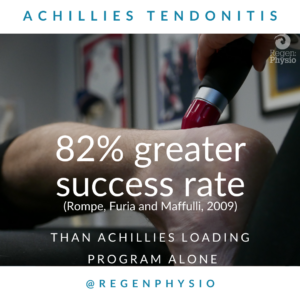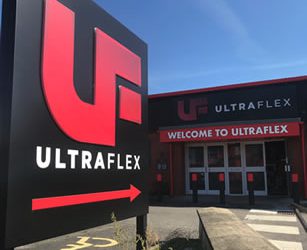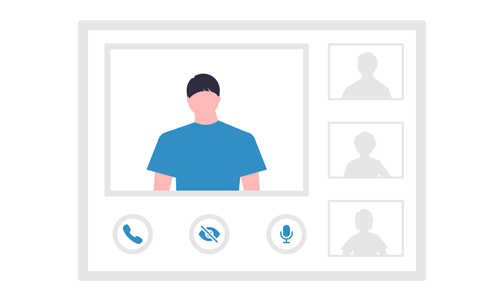-
-
- Non-insertional affects the middle section of the tendon,
- Insertional which affects the bottom of the tendon where it attaches to your heel
-
Secondary issues such as achilles bursitis (a painful irritation and swelling of the fluid filled sac which lays in between the heel bone and achilles tendon) are also common.
Achilles tendinopathy affects athletes, recreational exercisers and even inactive people. The pathology is not inflammatory; it is a failed healing response.
How does it occur?
Most often this injury occurs due to overuse of the tendon over time or with a sudden increase in use without adequate recovery. Overuse of the achilles tendon can occur in many ways, such as:
-
- Increasing intensity of training (running speed)
- Increasing the overall training volume (total step count)
- Increasing training frequency (number of days running) to starting a new job that requires more walking
Other, less frequent causes of tendinopathy or perceived tendinopathy pain include:
-
- Inflammatory/autoimmune disorders
- Chronically reduced ankle mobility
- Joint related injury or nerve related injuries
How long does it take to heal achilles tendinopathy?
Achilles tendon rehab can often take upwards of 12 weeks.
-
- Do NOT rest completely -resting the tendon and muscles completely only results in loss of strength, therefore reducing your ability to take load.
- Do NOT stretch the tendon -stretching the achilles whilst standing will increase compressive load which can often provoke pain shortly afterwards. Instead loosen off by massaging the calf muscles.
- DO NOT expect an effortless rehab -as stated above, tendon rehab takes time, this is primarily due to their limited blood supply when compared to faster adapting tissues like muscle. Getting correct professional advice and management is the only fast-track to reducing symptoms here.
Treatment for achilles tendinopathy.
Manage the load:
Strengthen:
Hands on treatment:
Shockwave:
Pain relief:
Top 5 tips for Achilles tendinitis / Achilles tendinopathy:
-
- It is a break down issue, not an injury. You MUST address the cause
- You are asking your body to do more than it can cope with… manage your load
- Become more resilient: you need a loading program to develop a healthier and “stronger” tendon
- Shockwave therapy with a loading program speeds up the healing process by up to 40%
- There are no quick fixes! If it took time to create a problem it will take time to fix.
At Regeneration Physiotherapy we combine hands-on treatment, 1-to1 insite gym rehab and Shockwave therapy to deliver industy leading therapy.
Our apprach produces the fastest recovery from Achilles tendonitis in Leeds and Yorkshire.
Book online at any of our 12 clinics throughout Yorkshire and the North East.
References:
- Alfredson H, Cook J. A treatment algorithm for managing Achilles tendinopathy: new treatment options. Br J Sports Med. 2007 Apr;41(4):211-6. doi: 10.1136/bjsm.2007.035543. Epub 2007 Feb 20. PMID: 17311806; PMCID: PMC2658946
- Cheng Y, Zhang J, Cai Y. Utility of Ultrasonography in Assessing the Effectiveness of Extracorporeal Shock Wave Therapy in Insertional Achilles Tendinopathy. Biomed Res Int. 2016;2016:2580969. doi: 10.1155/2016/2580969. Epub 2016 Nov 28. PMID: 28004000; PMCID: PMC5149604.
- Cook, J.L., Rio, E., Purdam, C.R. and Docking, S.I., 2016. Revisiting the continuum model of tendon pathology: what is its merit in clinical practice and research? British Journal of Sports Medicine[Online], 50(19), pp.1187–1191. Available from: https://doi.org/10.1136/bjsports-2015-095422.
- Coombes, B. K., Bisset, L., & Vicenzino, B. (2010). Efficacy and safety of corticosteroid injections and other injections for management of tendinopathy: a systematic review of randomised controlled trials. Lancet (London, England), 376(9754), 1751–1767.
- Dedes, V., Stergioulas, A., Kipreos, G., Dede, A. M., Mitseas, A., & Panoutsopoulos, G. I. (2018). Effectiveness and Safety of Shockwave Therapy in Tendinopathies. Materia socio-medica, 30(2), 131–146. https://doi.org/10.5455/msm.2018.
30.141-146 - Gerdesmeyer L, Mittermayr R, Fuerst M, Al Muderis M, Thiele R, Saxena A, Gollwitzer H. Current evidence of extracorporeal shock wave therapy in chronic Achilles tendinopathy. Int J Surg. 2015 Dec;24(Pt B):154-9. doi: 10.1016/j.ijsu.2015.07.718. Epub 2015 Aug 29. PMID: 26327530.
- Hart L. (2011). Corticosteroid and other injections in the management of tendinopathies:a review. Clinical journal of sport medicine : official journal of the Canadian Academy of Sport Medicine, 21(6), 540–541.




